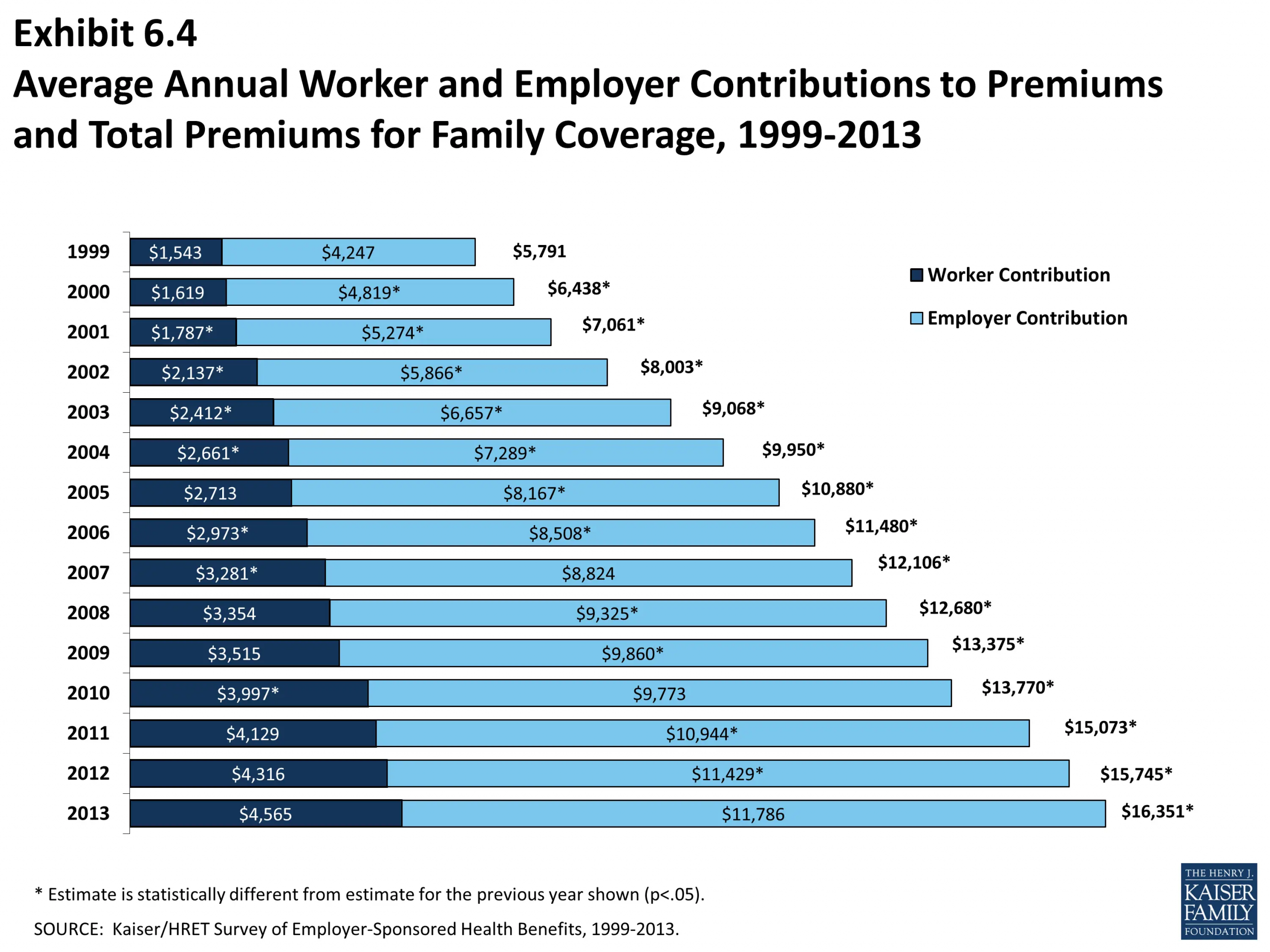In today’s world, where healthcare expenses can quickly escalate, having a comprehensive health insurance plan is vital. However, navigating the intricate world of premiums, deductibles, and copays can be a daunting task, especially for single individuals. One question that often arises is, “How much is health insurance a month for a single person?” This article aims to provide a comprehensive understanding of the factors that influence the cost of health insurance and shed light on the average monthly premiums across various states.
The Affordable Care Act: A Game-Changer
The introduction of the Affordable Care Act (ACA) in 2010 revolutionized the healthcare landscape in the United States. This landmark legislation ensured that insurance companies could no longer discriminate based on factors such as gender, current health status, or medical history. Instead, the ACA established a set of criteria that determine health insurance premiums, providing greater transparency and fairness in the pricing structure.
Factors Influencing Health Insurance Premiums
While the ACA has standardized the factors that influence health insurance premiums, it’s essential to understand how these elements contribute to the overall cost. Here are the key factors that play a significant role:
-
Age: Age is a major contributing factor in determining health insurance premiums. Generally, premiums increase as individuals grow older, with a significant jump occurring around the age of 53, when the premium rate can become more than double the base rate.
-
Tobacco Use: Insurance companies are permitted to charge smokers up to 50% more than non-tobacco users. While some states have elected not to allow insurers to charge the maximum allowed, tobacco use still affects pricing.
-
Location: The level of competition in a particular area or region can significantly impact health insurance premiums. Densely populated areas tend to have more competition, resulting in lower premiums, while rural areas with fewer insurance providers may face higher costs.
-
Plan Category: The Affordable Care Act categorizes health insurance plans into metal tiers: Bronze, Silver, Gold, and Platinum. Each tier carries different premiums based on the percentage of overall healthcare costs they cover, with Bronze plans typically being the most affordable but offering less comprehensive coverage.
Average Monthly Premiums for a Single Person
According to the Kaiser Family Foundation, the national average health insurance premium for a benchmark plan (the second-lowest-cost silver plan) in 2024 is $477 for a single person without premium tax credits. However, it’s important to note that premiums can vary significantly by state and location.
Here are the average monthly health insurance premiums for a single person in selected states without premium tax credits:
- Texas: $475
- Utah: $507
- Vermont: $950
- Virginia: $371
These figures highlight the significant variation in premiums across different states, underscoring the importance of considering location when evaluating health insurance options.
Premium Tax Credits: A Game-Changer for Affordability
While the above figures may seem daunting for some individuals, it’s essential to consider the impact of premium tax credits. These credits, available through the ACA’s Health Insurance Marketplace, can substantially reduce the cost of health insurance premiums for eligible individuals.
For example, a 40-year-old individual earning $30,000 per year could expect to pay the following average monthly premiums after applying premium tax credits for a benchmark silver plan:
- Texas: $70
- Utah: $60
- Vermont: $67
- Virginia: $58
These subsidies can make a significant difference in the affordability of health insurance, ensuring that quality healthcare remains within reach for individuals with varying income levels.
Conclusion
Determining the cost of health insurance for a single person is a multifaceted process influenced by various factors. While the national average provides a general benchmark, it’s crucial to consider individual circumstances, such as age, location, and income level, to accurately assess the monthly premium.
By understanding the factors that influence health insurance costs and taking advantage of available subsidies and tax credits, single individuals can make informed decisions and find affordable coverage that suits their unique needs. Ultimately, investing in a comprehensive health insurance plan not only safeguards one’s financial well-being but also ensures access to quality healthcare services when needed.
The Average Cost of Health Insurance Per Person
FAQ
How much is health insurance a month for a single person in US?
Is $200 a month expensive for health insurance?
How much does a single person spend on healthcare?
How much does the average American pay for health insurance?

